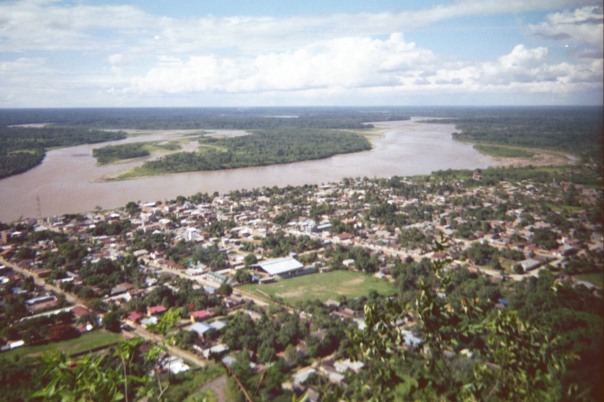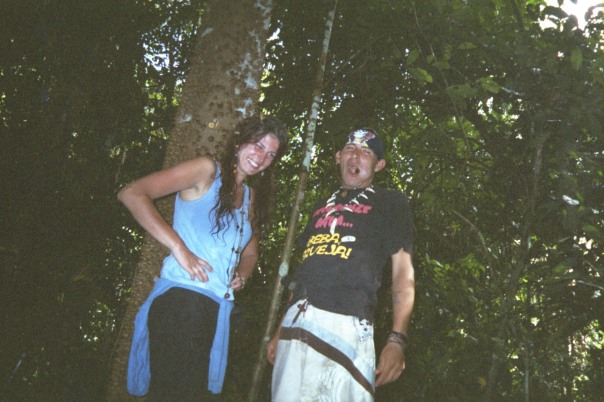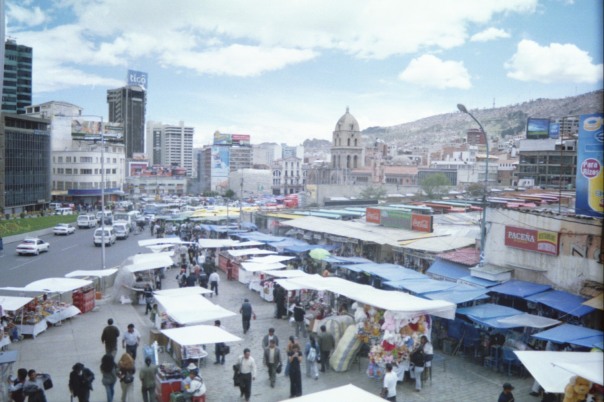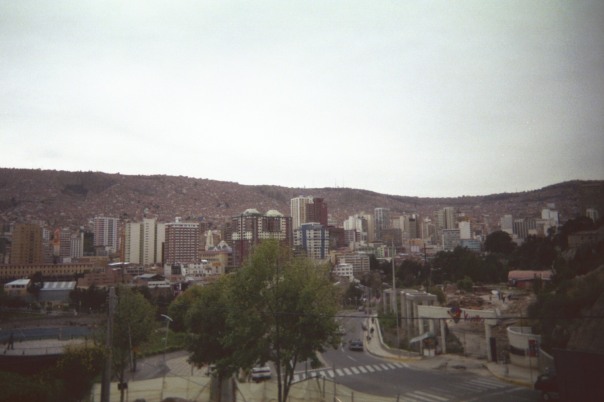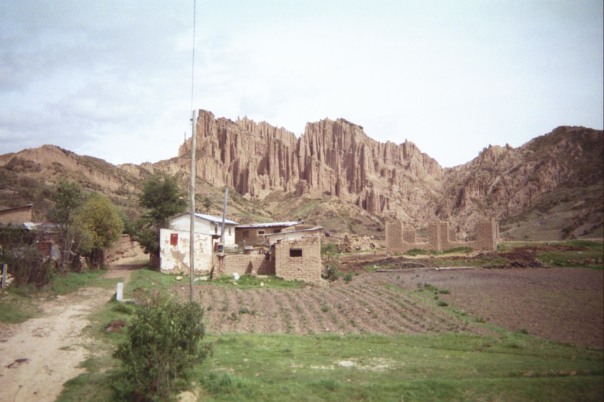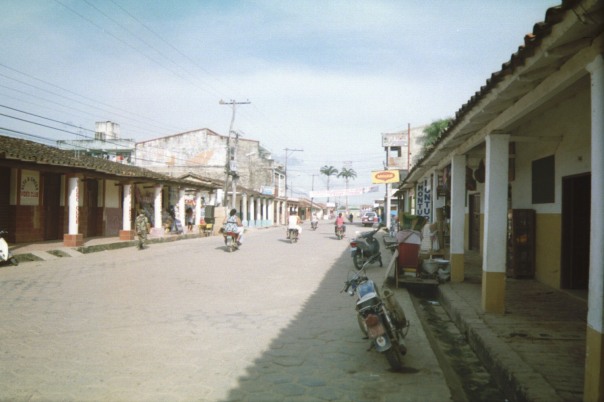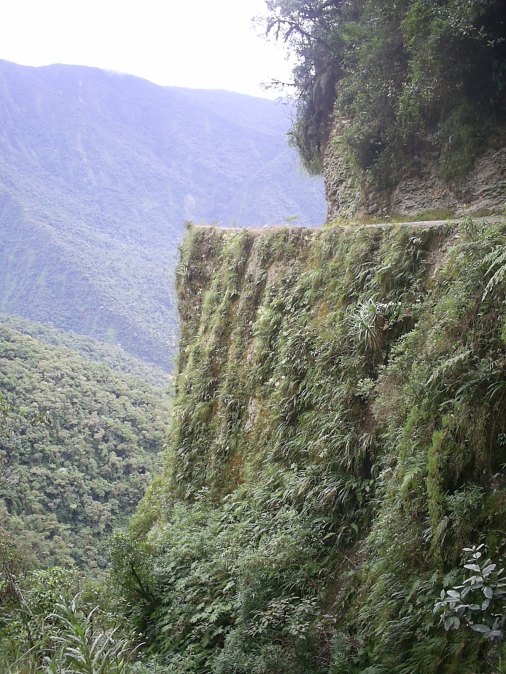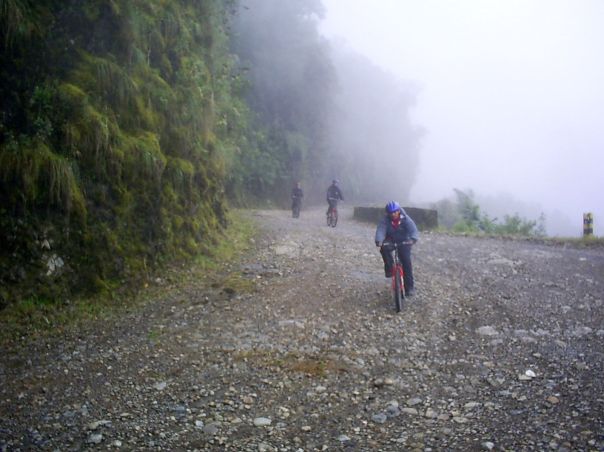Monarch butterfly zone: speed limit 60
Speed zones a possibility in Coahuila as part of efforts to protect the butterfly
94 3
Mexico News Daily | Friday, October 23, 2015
Highway speed limits are usually reduced in populated areas for the safety of citizens. But a new speed zone could be coming soon to parts of Mexico, where the safety of monarch butterflies is the overarching concern.
That is one of many initiatives under way to protect a species whose numbers have been in decline as Mexico prepares to receive what is expected to be one of the largest monarch butterfly migrations in recent years.
For monarch enthusiasts, the states of Michoacán and México may be the most famous, because they host large overwintering grounds favored by the insects.
But on their way south the monarchs have to travel through a great deal of Mexican territory, part of which is the state of Coahuila. It is here that the National Protected Areas Commission (Conanp) has announced a novel project that seeks to have a positive impact the butterflies’ journey through the state.
Working with state environment and transportation authorities, Conanp plans to identify the general routes taken by the monarchs and install speed limit signs where these intersect with highways.
“The monarchs’ migration routes intersect with roads; in some cases they just fly over the vehicles, but in others they are affected by heavy traffic that may include trucks and buses. It also depends on weather conditions such as wind speed, and many factors,” said Conanp director Alejandro del Mazo.
“We may not know how many butterflies die on the roads, but we do notice that it is a large number thank to the remains left on the vehicles. This is a common occurrence on any road, but if the speed limit is lowered to 60 km/h, we give the monarchs enough time to be aware of the moving vehicles and avoid them,” added Environment Secretary Eglantina Canales.
The effort to provide safe passage to the monarchs encompasses 13 states where, in order to correctly assess and identify their feeding and resting grounds, over 10,000 people have been tasked with monitoring their travel routes.
“2015 is a very important year. We have combined efforts and achieved cooperation between the federal, state and municipal governments, and non-governmental and international organizations. We have over 10,000 people collaborating and following the migratory route,” said del Mazo.
These actions are part of a larger effort — by Mexico, the United States and Canada — to increase the monarch population to 225 million specimens by 2020.
This year’s migrating monarch butterflies have been sighted in Mexico since October 8, with the largest reported group this season sighted in Sabinas, Coahuila, on October 12.
Del Mazo expects a larger presence of monarchs in their hibernation sanctuaries this season, which are expected to extend over more than three hectares. Last season, in comparison, their presence was reported to cover a 1.3-hectare expanse of land.
The expected increase in monarch numbers could be a direct result of measures taken in past years by the United States, where milkweed — a food source for the butterflies — had been systematically eliminated with herbicides.
Since then, farmers, agribusiness companies, government institutions and universities have joined forces and created milkweed reserves, away from farmland crops but along the monarchs’ migratory routes.
The success of this measure may be short-lived, as reports of the wrong kind of milkweed being planted could represent yet another threat to the monarchs, increasing their odds of becoming infected with a crippling parasite.
Habitat loss in both the United States and Mexico has long been the main threat to the North American monarch population. During the 2013-2014 season, monarch presence in their hibernation sanctuaries extended to just over half a hectare, a stark decrease from the 1996-1997 season, the largest migration on record with 18.5 hectares.
- See more at: http://mexiconewsdaily.com/news/monarch-butterfly-zone-speed-limit-60/?utm_source=Mexico+News+Daily&utm_campaign=3c17170810-October+24&utm_medium=email&utm_term=0_f1536a3787-3c17170810-348153685#sthash.soSColhv.dpuf

